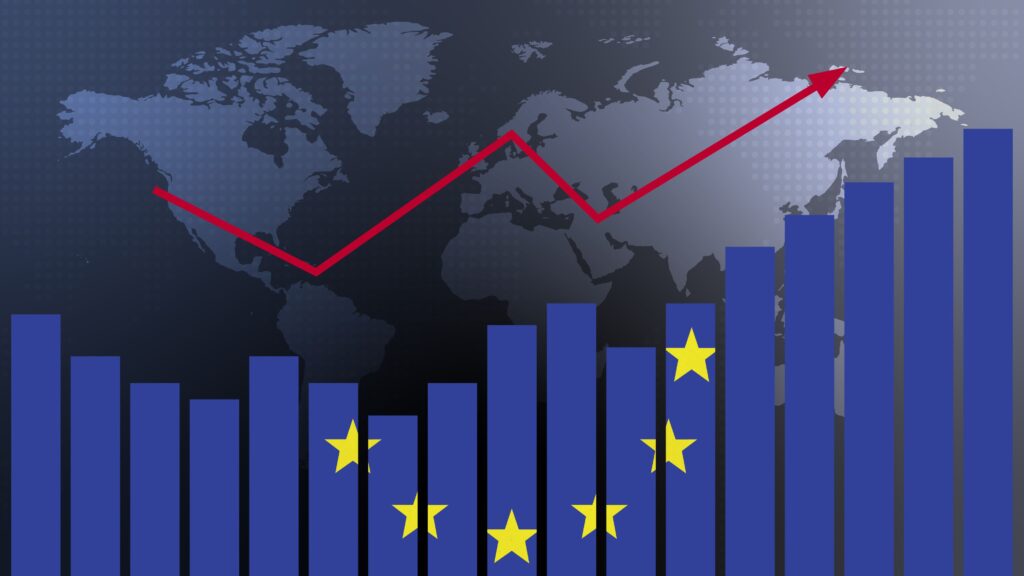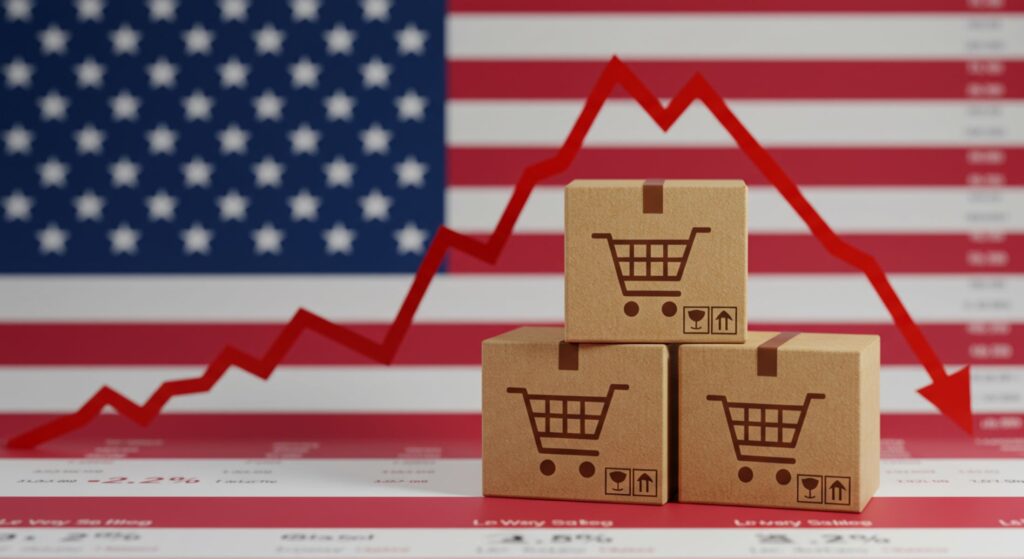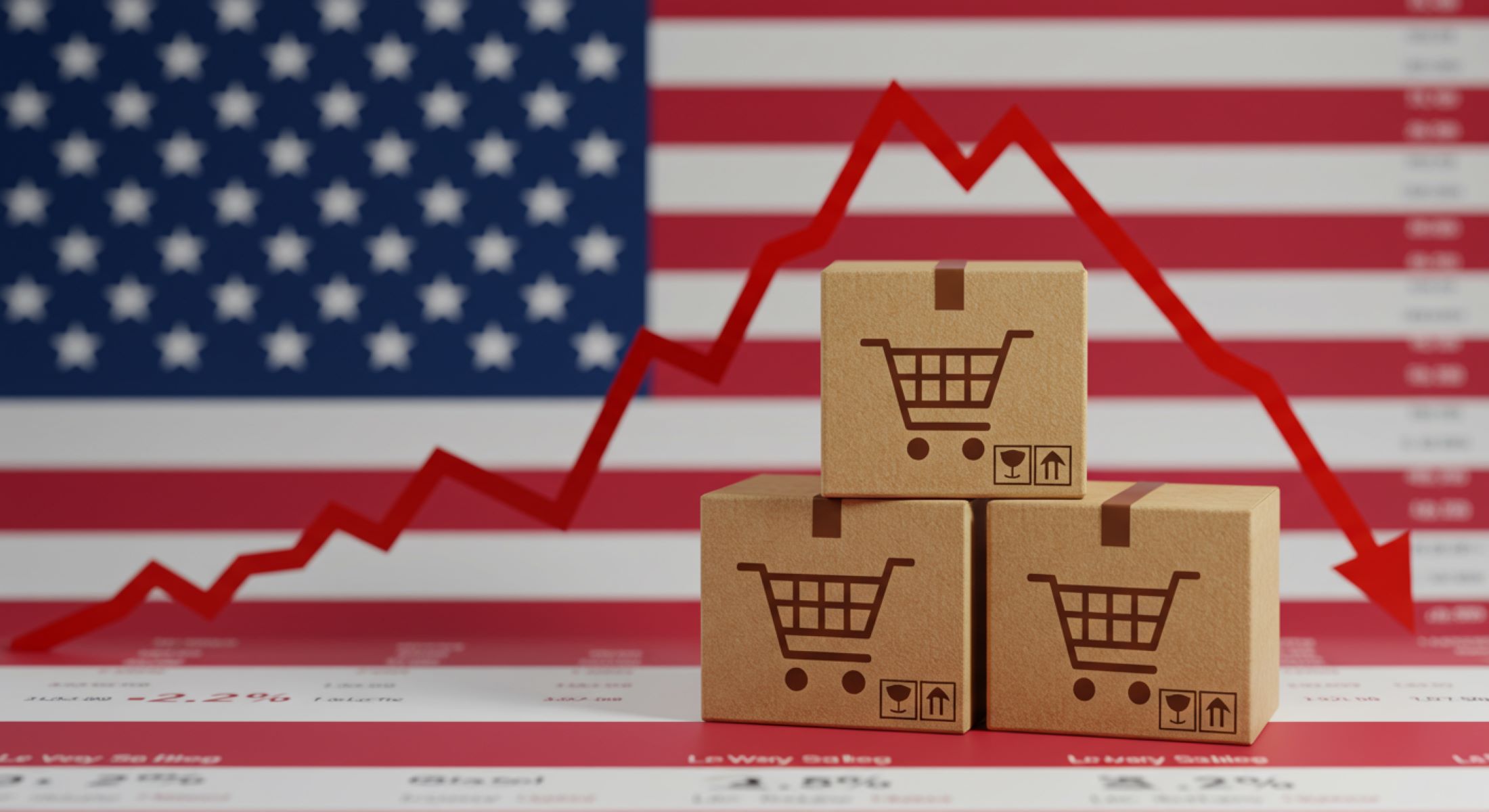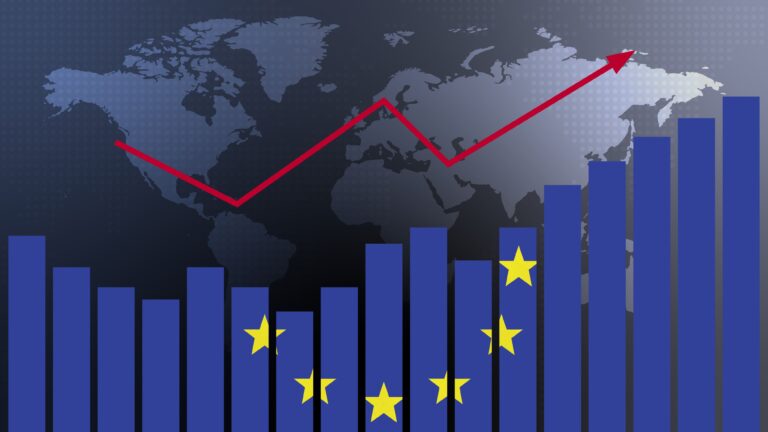The economic landscape in December 2024 was shaken by a surprising shift in the durable goods market. Analysts were anticipating a rise in durable goods orders, yet the reality presented a different story, with orders falling by 2.2%. This unexpected decline has raised several questions about the health of the economy and the potential factors behind such an outcome. Let’s dive deep into what this drop means, why it happened, and how it affects various sectors.
What Are Durable Goods?
Durable goods are products that are designed to last for a significant period of time, typically three years or more. Unlike perishable items or consumables, durable goods are meant to withstand wear and tear, making them a long-term investment for both consumers and businesses. These goods cover a wide range of products, from household appliances and electronics to machinery, vehicles, and furniture. Examples include refrigerators, smartphones, washing machines, cars, and industrial equipment. Their longevity and higher price tags often make them key indicators of both consumer and business behavior.
The significance of durable goods goes beyond just their longevity. These products are often seen as a reflection of the economic health and confidence within a market. When the economy is strong, consumers and businesses are more likely to make large purchases, such as buying new cars or investing in industrial machinery. This is because they feel confident in their financial stability and believe that their investment will provide value over the long term. On the other hand, when economic uncertainty prevails, people tend to postpone or reduce these types of purchases, opting instead for less expensive or non-durable alternatives.
Durable goods are also crucial in measuring the strength of business investments. Companies that are growing and expanding are more likely to purchase new equipment, machinery, or technology that will help increase productivity and maintain long-term operations. The manufacturing sector, for instance, heavily relies on durable goods, as businesses invest in new machinery to boost production capacity. This demand is a clear signal of business confidence and a healthy economy, as firms are willing to make significant capital expenditures in anticipation of future returns.
Tracking durable goods orders, therefore, becomes a valuable tool for economists and analysts. The orders indicate how much businesses and consumers are willing to spend on these long-lasting products. A steady increase in durable goods orders can signal economic expansion and stability, while a decline can suggest that confidence is faltering, leading to slower growth. As a result, durable goods data is often used to predict future economic conditions, such as the potential for a recession or a period of growth, helping businesses and policymakers make informed decisions.
The Importance of Durable Goods Orders
- Durable goods orders serve as a key economic indicator, offering insight into future manufacturing activity and economic trends.
- An increase in durable goods orders suggests that businesses are preparing for future growth and expansion.
- When businesses invest in durable goods, such as machinery or equipment, it often signals confidence in the economy and the expectation of increased demand or production.
- A rise in durable goods orders can indicate that consumers are willing to make larger, long-term purchases, signaling their confidence in financial stability.
- These orders reflect both consumer spending and business investments, which are crucial for overall economic performance.
- Conversely, a decline in durable goods orders may signal a slowdown in consumer demand, suggesting that individuals are postponing significant purchases due to uncertainty or financial caution.
- A drop in orders could also indicate that businesses are reducing capital expenditures or delaying investments, reflecting a cautious approach to future growth.
- Durable goods orders are often used to forecast broader economic conditions, such as potential slowdowns, recessions, or periods of growth.
- Analyzing trends in durable goods orders helps policymakers, economists, and businesses gauge the health of different sectors, from manufacturing to retail.
The 2.2% Decline: What Happened?
| Factor | Description | Impact on Durable Goods Orders | Explanation | Consequence |
| Economic Uncertainty | The growing sense of uncertainty in the economy due to rising inflation, geopolitical tensions, and the aftermath of global supply chain disruptions. | Businesses and consumers become more cautious, leading to delayed investments in new equipment and machinery. | The combination of inflationary pressures, global instability, and recovery from past disruptions creates an environment where large investments are postponed. | Decline in business investment in durable goods. |
| High Interest Rates | Rising interest rates as central banks attempt to curb inflation, making borrowing more expensive. | Companies delay purchases of durable goods due to higher financing costs, reducing demand for these items. | As central banks increase interest rates to control inflation, borrowing costs for businesses rise, discouraging large investments in machinery, vehicles, and other durable goods. | Slowed demand for durable goods across multiple sectors. |
| Supply Chain Challenges | Ongoing global supply chain issues such as delays, high shipping costs, and labor shortages. | Companies hesitate to place large orders for durable goods due to concerns about shipping delays and fulfillment. | Even as many businesses recover, supply chain disruptions, including delivery delays and labor shortages, prevent smooth and timely access to durable goods. | Hesitation in placing large orders, leading to reduced orders. |
What Sectors Were Most Affected?
The aerospace and defense sector experienced a significant drop in orders, particularly within the commercial aerospace domain. While the defense side of the industry remained relatively steady, commercial aircraft orders took a hit. This decline can be attributed to several factors, including delays in airplane production and a noticeable slowdown in airline demand. The global economic pressures, particularly from rising costs and reduced travel demand in some regions, contributed to this downturn. Airlines were less inclined to invest in new aircraft, given the uncertain future of air travel demand and economic challenges.
Similarly, the motor vehicles and parts sector faced its own set of challenges. Despite the growing interest in electric vehicles (EVs), the overall market for automobiles and their parts shrank. A key issue in this sector was the ongoing supply chain bottlenecks, especially in the production of critical components such as semiconductors, which are essential for modern vehicles. These disruptions slowed down production, leading to fewer vehicle orders. Additionally, the rise in interest rates had a dampening effect on consumer purchasing power. As borrowing became more expensive, consumers were less likely to make large investments in vehicles, further contributing to the slowdown.
The machinery and equipment sector also saw a decline in orders. This sector is integral to industries like construction, mining, and manufacturing, and the slowdown in these areas played a significant role in the reduction of orders. A key reason for this decline was the slowdown in infrastructure spending, which had previously driven demand for new machinery and equipment. Combined with ongoing supply chain issues, businesses were less inclined to invest in upgrading or expanding their machinery, further reflecting the caution businesses were taking amid economic uncertainty. This hesitation in investment is likely to have a lasting impact on sectors reliant on machinery for production and operational efficiency.
Why Did Predictions Fail?
- Overreliance on Short-Term Indicators: Many of the predictions made by economists were heavily influenced by short-term data trends. These forecasts were optimistic, relying on expectations of strong holiday spending and growth in sectors like transportation and technology. However, they failed to account for the larger, underlying issues such as inflation and rising interest rates, which had a more profound impact on consumer and business behavior in the long run.
- Lack of Consideration for Global Factors: Another reason predictions missed the mark was the insufficient consideration of global economic factors. The global environment in 2024 was far more volatile than in previous years, with risks from geopolitical tensions, trade disputes, and regional instability. These factors significantly influenced business sentiment, making companies hesitant to place large orders or make significant investments in durable goods.
- Economic Cooling from Previous Stimulus Measures: The unexpected decline in durable goods orders can also be linked to the winding down of government stimulus measures that were implemented during the pandemic. While stimulus payments provided a temporary boost to consumer spending and demand, the reduction in these measures led to a cooling effect. As a result, industries that relied on strong demand for durable goods began to feel the impact, and predictions based on higher consumer spending were overly optimistic.
What Does This Mean for the Economy?
| Factor | Description | Impact on Economy | Explanation | Potential Consequence |
| Slower Economic Growth Ahead? | The drop in durable goods orders could indicate that businesses are pulling back on expansion plans. | Slower economic growth is expected in the coming months as a result of reduced investments in key areas such as machinery and infrastructure. | When businesses scale back on investments in technology, machinery, and infrastructure, it can directly affect their capacity to grow, limiting productivity and overall expansion. | Reduced job creation, slower wage growth, and lower economic output. |
| Risk of Job Losses in Key Sectors | As industries like aerospace, automotive, and machinery slow down, job cuts or delayed hiring may occur. | There is an increased risk of job losses in key sectors, particularly in manufacturing, engineering, and logistics. | Manufacturing workers, engineers, and logistics experts may experience less demand for their skills as companies reduce production due to fewer orders and investments. | Increased unemployment and reduced job opportunities in affected sectors. |
| Impact on Consumer Confidence | A decline in durable goods orders can decrease consumer confidence, as people may interpret it as a sign of economic instability. | Lower consumer confidence results in reduced spending on big-ticket items, which impacts overall demand in the economy. | When consumers see businesses pulling back on investments, they may hold off on making large purchases themselves, leading to a decrease in spending that further slows down economic growth. | A feedback loop of reduced spending and further economic slowdown. |
What Can Be Done to Revive Durable Goods Orders?
While a 2.2% decline in durable goods orders is concerning, it is not a permanent situation. There are several strategies that can be implemented to revive demand in the sector and encourage businesses to invest in durable goods once again.
Governments could play a key role in stimulating investment by offering incentives for businesses to purchase durable goods. For example, tax breaks or other financial incentives could be provided to companies that invest in new machinery, equipment, or infrastructure. These incentives could lower the upfront costs for businesses, making it more attractive for them to place larger orders. By encouraging such investments, the government could help boost demand in sectors like manufacturing and construction, which rely heavily on durable goods.
Another significant factor contributing to the decline in durable goods orders is supply chain disruptions. These bottlenecks create delays and uncertainty, making businesses hesitant to place large orders. To address this, both the private and public sectors need to focus on improving logistics. This could include reducing shipping times, enhancing infrastructure, and resolving labor shortages. By improving the efficiency and reliability of supply chains, businesses would feel more confident in placing orders, knowing they can receive their goods on time and at reasonable costs.
Finally, central banks have a critical role to play in addressing the decline in durable goods orders. While interest rates are a necessary tool for controlling inflation, a sudden increase in rates can have an immediate negative impact on business investment. To stimulate demand for durable goods, central banks could consider lowering interest rates or offering targeted loans to businesses. These measures would make borrowing cheaper and encourage companies to invest in long-term assets such as machinery, vehicles, and infrastructure. By making financing more affordable, businesses would be more likely to invest in durable goods, helping to revive the sector.











